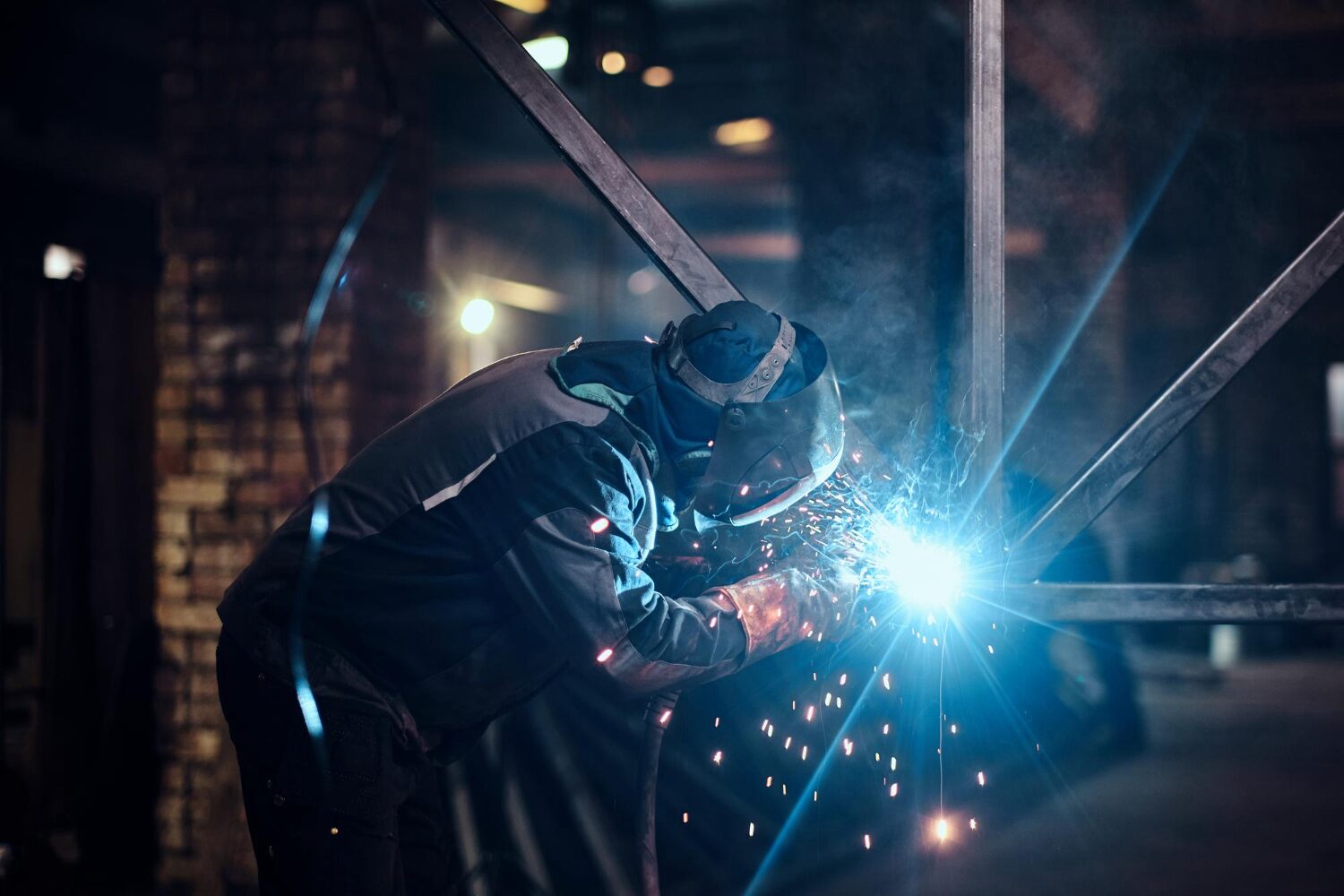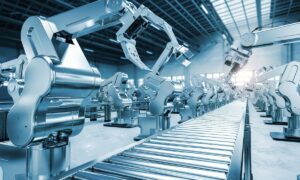When working with a laser welder in Canada, precision and safety are essential. However, even experienced operators can fall into common traps that compromise efficiency and results. From improper calibration to neglecting safety protocols, these mistakes can lead to costly downtime or flawed welds. This article highlights the most frequent errors to avoid when using a laser welding machine, helping Canadian professionals achieve optimal performance and extend the lifespan of their equipment.
Neglecting Material Preparation
Before any welding operation, cleaning the parts is essential. Any impurity, rust, or oil can cause defects in the weld bead. Surfaces must be free of contaminants. This step is particularly important in facilities such as a workshop for laser welders in Canada, where precision is crucial. Always use degreasing methods or mechanical surface preparation before activating the welding machine.
Choosing the Wrong Welding Parameters
The parameters must be adjusted according to the type of metal, its thickness, and the application. Incorrect intensity can result in insufficient penetration or burn-through. It is vital to understand the machine’s technical specifications. Take the time to calibrate power, feed rate, and pulse frequency for each project. This ensures a consistent and safe result.
Ignoring Safety Requirements
Failing to use personal protective equipment is a common mistake. Safety glasses, gloves, and flame-resistant clothing must always be worn. The laser produces hazardous radiation for both eyes and skin. Work only in a controlled environment. Isolate the welding area and display safety instructions. Signal lamps and extraction systems must be in proper working condition.
Poor Component Alignment
Inaccurate alignment of parts can compromise weld quality. It is essential that elements are correctly positioned and secured before the process. Check geometry and use holding arms if necessary. The laser beam must follow a stable, straight path. Any deviation affects the strength and appearance of the final weld bead. Rigorous preparation ensures a durable assembly.
Using Poorly Maintained Equipment
Regular maintenance extends the machine’s lifespan and reduces errors. Clean lenses and filters, and check electrical connections and cooling systems. Never allow dust or debris to accumulate inside the machine. A poorly focused beam delivers inconsistent results. Establish a monthly maintenance schedule with inspection of critical components.
Overloading the Machine
The temptation to increase productivity can lead to excessive use. Overheating or prolonged operation without pauses severely damages the machine. Always respect the duty cycles recommended by the manufacturer. Avoid performing multiple welds without allowing cooling time. Efficiency relies on staying within technical limits. Overloading increases maintenance costs and lowers overall quality.
Skipping Preliminary Tests
Before production, it is crucial to perform test runs on samples. This allows adjustments of parameters and prevents material waste. Use a material similar to that of the final production. Validate penetration, strength, and bead appearance. Repeat testing until satisfactory results are achieved. This step helps prevent costly errors on the main production line.
Conclusion
Laser welding offers precision and efficiency, but only when handled with proper preparation and care. By ensuring clean materials, selecting the right parameters, maintaining strict safety standards, and keeping equipment in optimal condition, operators can achieve consistent, high-quality results. Taking the time for alignment, routine maintenance, and preliminary testing not only prevents costly errors but also extends the lifespan of the machine. Ultimately, success in laser welding relies on discipline, attention to detail, and respect for best practices.



































